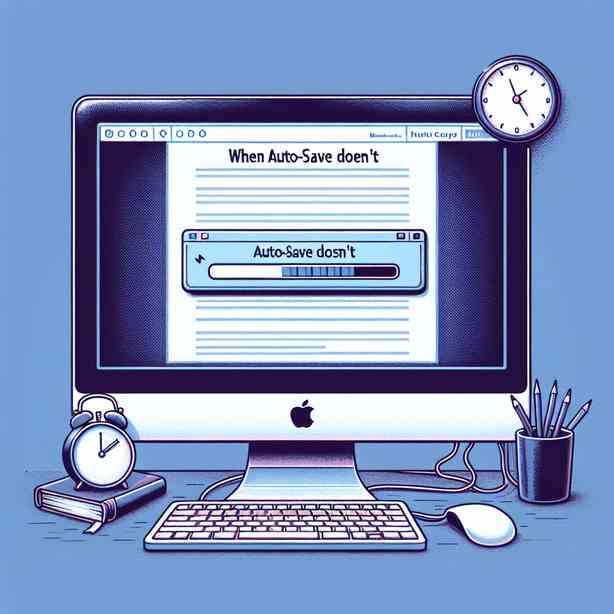
In our increasingly digital world, the reliance on technology for document creation, data management, and content generation has become a standard. Auto-save features in various applications are designed to alleviate the anxiety associated with losing valuable work due to unexpected interruptions. These features can significantly enhance productivity and streamline workflows. However, the reality is that auto-save doesn’t always function as seamlessly as one would hope. Understanding the limitations and potential pitfalls of auto-save can help users navigate these challenges more effectively, ensuring that their work remains secure and accessible.
One of the primary issues with auto-save is that it may not function properly due to various technical glitches. Whether it’s a software bug, a connectivity issue, or a failed synchronization with cloud storage, these factors can interrupt the auto-save process. It’s imperative for users to ensure that their software is up to date and all necessary permissions are granted for these features to work efficiently. Regularly checking for updates and being aware of known issues can save users from potential loss of data.
Another common problem arises during the editing process. Many users might not realize that auto-save typically triggers at predetermined intervals, rather than constantly. This means that if you’re working on a document for an extended period without any interruptions, you may still risk losing changes made shortly before a crash or shutdown. Being aware of how often your software saves your work can help you develop the habit of manually saving documents at critical points. Many applications provide a shortcut for this; it’s worth taking a moment to learn these shortcuts to minimize potential losses.
Furthermore, the effectiveness of auto-save can vary widely between different applications. While some programs are designed with robust auto-save capabilities, others may have limitations that leave users vulnerable. For instance, a less reliable application may save less frequently or even fail to save certain types of content, such as specific formatting or embedded files. It can be helpful to read user reviews or seek recommendations when choosing software for substantial projects. By doing so, users can select tools known for maintaining the reliability of their auto-save features.
Additionally, the environment in which you are working can influence the efficiency of auto-save functionalities. For instance, fluctuating internet connectivity can disrupt cloud-based applications, potentially leading to unsuccessfully saved progress. Users working in areas with unstable internet should consider working with local files when possible and manually uploading changes when connectivity is restored. Planning ahead for these scenarios can provide extra peace of mind and protect your work from unexpected setbacks.
Moreover, users should remain vigilant about their device’s performance. Running multiple applications simultaneously can slow down your device, which may in turn affect the auto-save feature. When system resources are strained, auto-save may take longer to execute, and during that lag, interruptions can lead to lost work. Maintaining device health through regular updates, clearing unnecessary files, and occasionally rebooting can enhance overall performance, positively impacting the reliability of auto-save features.
Lastly, it is crucial to understand that while auto-save can be a valuable tool, it should not be the sole safeguard against data loss. Creating a habit of saving documents manually is an essential practice that no amount of technology can replace. Establishing a routine where documents are saved after major edits or breaks can fortify your work against unexpected failures. Utilizing additional backup methods, such as external hard drives or backup software, can provide an extra layer of security and peace of mind.
In conclusion, while auto-save features are undoubtedly useful and designed to enhance productivity by reducing the risk of data loss, they are not infallible. Understanding their limitations allows users to be more proactive in safeguarding their work. By maintaining awareness of your application’s functionality, device performance, editing habits, and backup strategies, you can ensure a more resilient workflow. Embracing a comprehensive approach to document management will ultimately lead to better productivity, fewer worries, and a more enjoyable experience in an increasingly digital landscape.


